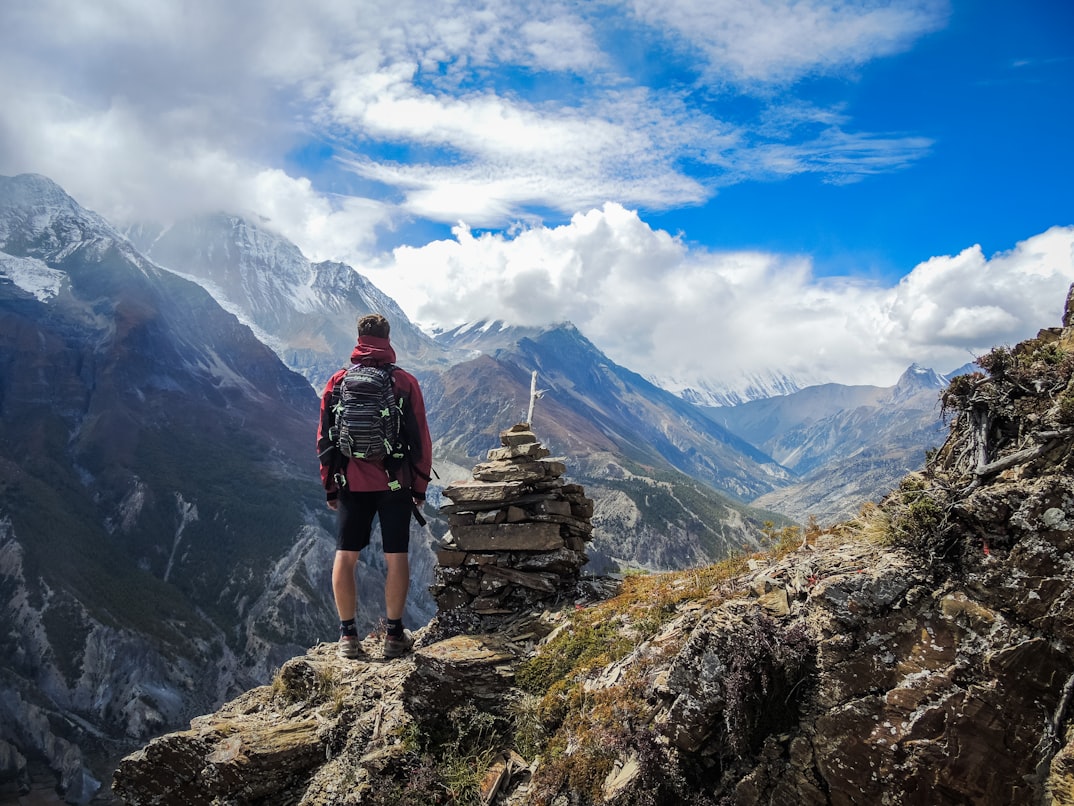Imagine standing at the edge of a secluded cliff, the sun dipping low in the sky and painting the horizon in shades of orange and pink. The air is fresh and a little salty from the ocean below, whispers of waves breaking gently against the rocks fill the air. You’re miles away from the noise of your daily life, wrapped in a moment that feels utterly yours. This is the beauty of traveling solo; the freedom to carve your own path, make spontaneous decisions, and connect deeply with the world around you. But with that freedom comes a certain level of responsibility, especially when it comes to your safety.
Traveling solo can be one of the most enriching experiences of your life, but it does require some preparation and mindfulness to ensure your adventures remain positive. So how do you make the most of your journey while keeping safety at the forefront? Let’s dive into some practical tips that can help you embrace the joys of solo travel without compromising your peace of mind.
First and foremost, research your destination. Beyond the landmark visit and cafe recommendations, delve deeper into the culture, customs, and the areas that are best to avoid—especially after dark. Knowing the lay of the land can not only help you navigate your surroundings more comfortably, but it also helps you blend in. Being aware of local customs can aid in avoiding any unintended missteps. For example, dress codes in certain regions can significantly influence how you’re perceived.
Next, let’s talk about accommodation. Opt for reputable places that come highly recommended, and where possible, select locations near populated areas. Altogether, it’s about striking a balance between comfort, security, and convenience. Whether you’re staying in a bustling hostel or a quiet B&B, let someone know where you’ll be staying and keep the address on your phone or a notebook. Establishing a shared location with a trusted friend or family member back home is a proactive way to keep your peace of mind.
As you wander through new cities, be vigilant about your belongings. Consider using a crossbody bag or a travel pouch that’s difficult for anyone else to access. Public transportation is a great way to navigate, but keep your wits about you—pickpockets often target crowded areas. Don’t become so absorbed in your surroundings that you lose awareness of your belongings, and trust your instincts. If something feels off, don’t hesitate to change your course or step into a store until you feel more at ease.
It can also be beneficial to plan your itinerary but hold on to flexibility. Having a sense of direction is reassuring, but don’t be afraid to veer off your planned route if an intriguing detour catches your eye. This approach adds to the thrill of solo travel; however, keep public transport schedules or ride services handy for safe nighttime returns.
Using technology wisely can bolster your safety; consider downloading important apps or enabling location sharing with a friend or family member. Mapping apps can guide you effortlessly, GPS locators can help track your whereabouts, and messaging apps keep you connected when necessary. Embrace the digital age, but also take mental notes of key landmarks so that if your phone dies or loses signal, you still know how to navigate your way back.
When you’re out exploring, don’t be afraid to engage with locals. Whether at a market stall, a coziest café, or an off-the-beaten-path sight, sharing a moment—asking for directions or trying to decipher a menu—can give you valuable insights into your surroundings. Plus, most people appreciate a friendly traveler willing to connect. However, always be mindful; not everyone may have good intentions, so if someone gives you an uneasy feeling, trust your gut and maintain distance.
As your day winds down and the sun melts below the horizon, make a habit of revisiting experiences in a journal or your digital devices. Not only does this keep memories fresh, but it also provides a moment of reflection about what went well or adjustments to make for your next day’s adventure.

